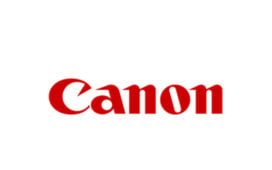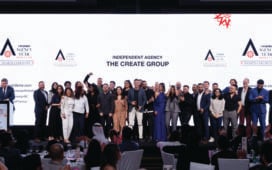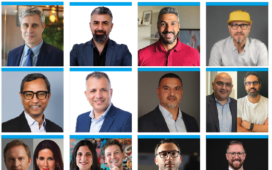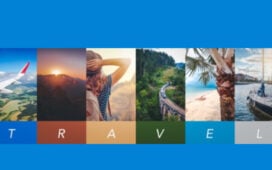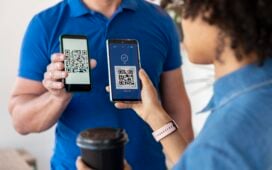
The last few years have transformed the way we celebrate and experience Ramadan. 2020’s online Ramadan – followed by 2021’s ongoing restrictions – quickly transmuted large family gatherings into more intimate iftars, as we spent a significant amount of time reconnecting with loved ones through our phone and laptop screens. Inevitably, this turned the online realm into a warm community of comfort and solidarity. Now, as normalcy prevails and restrictions ease, consumers are longing to return to the in-person celebrations they have missed, while also bringing along the online communities they have built and relied on. That is to say, in a whirlwind of changing norms, one thing has remained constant: the sanctity of the Holy Month of Ramadan.
1. Deals and discovery
It comes as no surprise that Ramadan is one of the highest-grossing shopping moments of the year. Carts full of shopping bags and laptop screens inundated with website tabs, consumers stock up on essentials at physical stores, while splurging for Eid gifts online; this makes shopping yet another hybrid in our world. As a result of lockdowns, increased stock market volatility and job market uncertainty, people have become more conscious of their spending and finances. A staggering 72 per cent of people assert their plans to save more money in 2022, with this number only expected to rise over the next 8 months. As consumers become more price-conscious – and we expect to see lower levels of impulsive luxury buys online – promotions and offers become the primary drivers of purchases during Ramadan.
Marketers must seize this opportunity to emphasise key messaging around deals. As shoppers and gift-givers search for ideas and inspiration, marketers must position themselves at every key touchpoint of the consumer’s shopping journey.
2. Culturally curated campaigns
Alongside its religious revelations, Ramadan also incites a greater willingness from consumers to discover new brands: an average of 45 per cent of people in the GCC are more likely to venture out and explore. People, however, crave for brands to be present in a way that enhances their spiritual and emotional experiences during Ramadan, rather than disrupting them. Kantar has found that, despite a 73 per cent correlation between a brand’s cultural relevance and its revenue, a disheartening 78 per cent of consumers feel brands never emotionally connect with them.
It is of utmost importance that brands create a cultural connection that consumers are looking for. Through emotionally charged content and experiential marketing campaigns, Ramadan is the time for marketers to curate memorable experiences and cultivate emotional connections that resonate with their audiences.
3. Relevant, relatable, and radical
In the digital realm too, viewers are chasing after positive experiences. Viewership data from Ramadan over the last few years shows us that consumers gravitated towards content that was comedic, entertaining and made them ‘feel good’, according to Ipsos and Google, with TV series still being one of the most anticipated and watched Ramadan content formats. Attention spans are shrinking as search results for entertainment are simultaneously widening. People
are consuming more online content, including Reels and TikToks, gaming, podcasts and shows.
This year we’re expecting consumers to leverage online content to locate creative communities and unearth influencers that help them make Ramadan-specific purchase decisions. As marketers shift towards a post-pandemic Ramadan, they must build innovative content strategies for audiences to engage with brands online. Tapping into novel mediums such as influencers, audio apps and gaming platforms can help brands stay relevant and relatable.
4. Connection and community
As physical gatherings were painstakingly replaced with video calls, people found digital ways to connect with each other – and with their spirituality – during the Holy Month. Family and friends brought iftars online, downloaded apps to guide their prayers, and shared their hugs through e-cards. Even though more people will meet face-to-face this year, their connections with creators and communities will inadvertently remain online. This means they will seek the same level of inspiration, comfort and community online as they experience in person.
As marketers, these are factors we must take into consideration when crafting and activating content. As we shift from the new normal to the even newer normal, we are celebrating with a more aware and digitally connected audience than ever before. Therefore, the key is to build strong emotional and cultural connections to secure impactful engagement.

